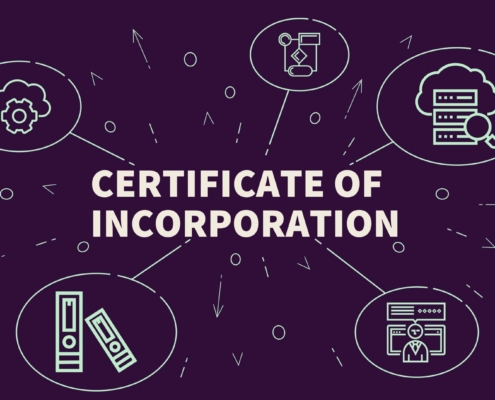What is a typical employment lawsuit settlement?
Understanding the complexities of California employment law is essential for both employees and employers. Employment disputes often involve a wide range of claims, including wrongful termination, discrimination, harassment, wage and hour violations, and retaliation. This guide provides clarity on key concepts like calculating damages, the role of attorney’s fees, and the purpose of punitive damages in these cases.
We’ll also explore the types of settlements that plaintiffs might expect, such as average settlements for wrongful termination, EEOC mediation settlement amounts, and race discrimination lawsuits settlements. Through examples and explanations, you’ll gain insight into how different factors, such as mitigation of damages or non-economic losses like emotional distress, influence the overall outcome of employment lawsuits. Whether you’re navigating discrimination and retaliation settlements or evaluating wrongful termination lawsuit payouts, understanding these elements can help manage expectations and prepare for potential legal challenges.






























